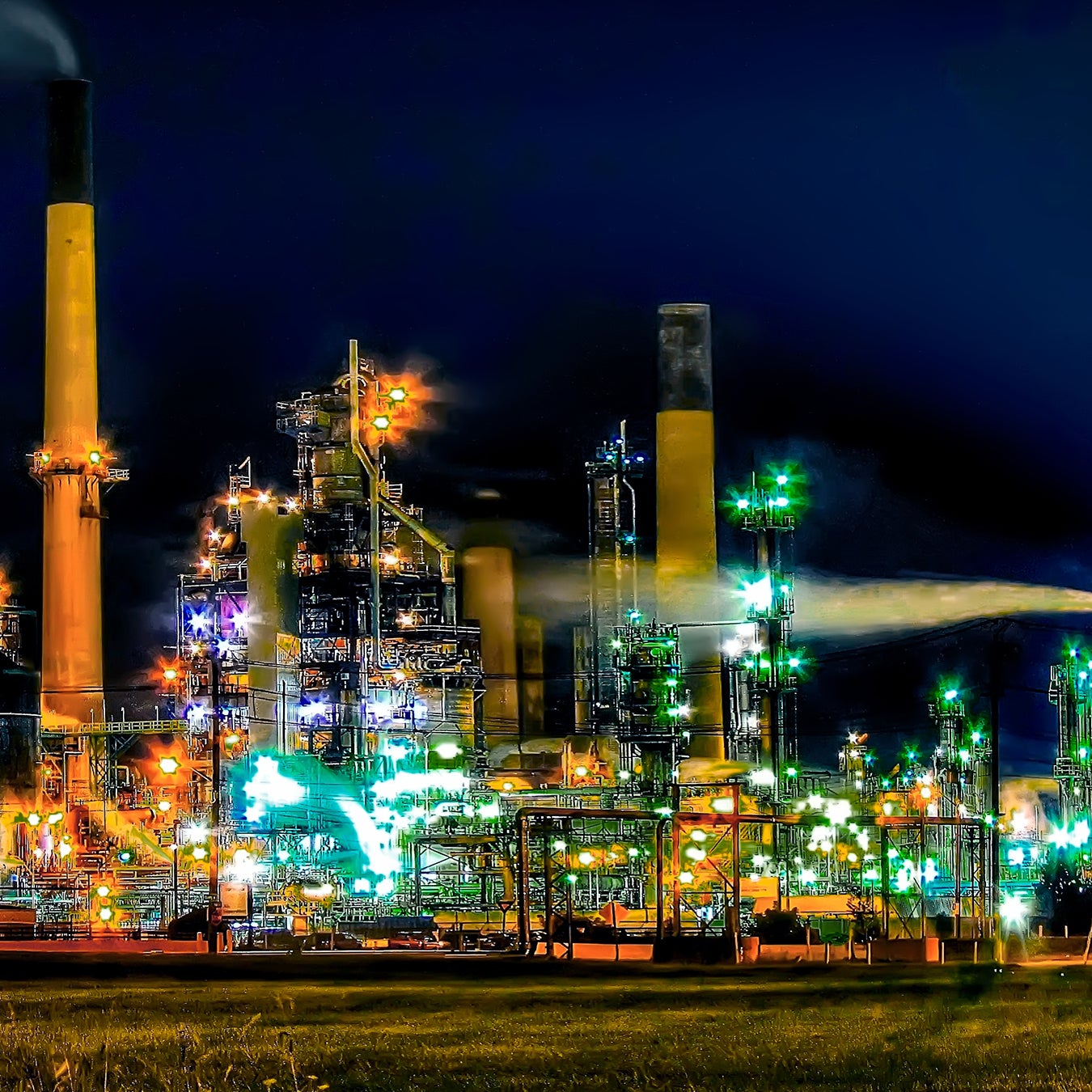You’ve probably read reports elsewhere that the $2 trillion coronavirus relief bill is��“”��between environmental groups and heavily polluting industries.��There’s no meaningful investment in clean energy and no incentive for industries to clean up their acts, but on the other hand, the oil industry isn’t getting its request for $3 billion in taxpayer money.��The trouble is, there is historical precedent for a massive taxpayer-funded bailout like this one. And that comparison is not flattering for this latest stimulus.��
Back in 2009, the economy was in dire condition. To assist struggling industries, the government pumped out $831 billion in aid, bailing out established sectors like the car industry, but also investing in the economy’s future. to Tesla helped that company leap ahead of foreign competition, and become the world’s preeminent maker of electric cars. Massive solar energy plants, wind farms, and geothermal energy facilities .��
The renewable energy stimulus component of the American Recovery and Reinvestment Act (ARRA) was controversial, and took longer to pay for itself than��forecasted, but it was also . By 2017, it had created hundreds of thousands of high paying new jobs, in an innovative new industry, right here in the United States. In 2016, by the energy efficiency, solar, wind, and alternative-vehicle industries—almost five times as many as work in fossil fuels. Americans, such as construction workers, benefited from contract or part-time work created by those green businesses that were made possible by the stimulus. Those jobs came to workers in all 50 states.��
Today, if you drive an electric car, have solar panels on your roof, or have clean energy delivered to your home, you have the��ARRA to thank. It helped spur a foundational shift in our economy toward��a more sustainable future, all while helping create��.
It also worked to reduce emissions. Total electrical power generated in this country remained essentially the same between 2008 and 2010, yet . fell from 5,392 million metric tons in 2009��to 5,269 million metric tons in 2018, despite the growing economy.��
All of that progress was not enough to meaningfully address climate change. But it was at least a powerful illustration of the ability of an economic stimulus to achieve results that move our economy toward��environmental sustainability. If nothing else, the 2009 relief bill��should have served as a great example or template for this most recent relief bill, demonstrating that jobs can be created and industries can be bailed out, even while taking action on climate change—and that doing so can create economic growth of unprecedented size and duration. Sadly, that lesson has not been learned.��
One example of where the fails is in its bailout of airlines. While the act provides , that money comes without any environmental requirements. Democrats in the House of Representatives that would have required airlines accepting the money to cut their carbon emissions in half over the next 30 years, and tried to create a $100 million fund for research that would help make it possible. But, due to objections by Republican lawmakers, that requirement and that R&D fund were removed.��
Airlines are responsible for ��and five��percent of our country’s gross domestic product. It’s essential that the industry be saved, but could doing so without an economic incentive to innovate be denying our country an opportunity to create a Tesla of the skies? Fifty-eight billion dollars is a lot of money, and as the ARRA demonstrated, that massive scale can be used to generate value for taxpayers beyond simply a short-term bailout.��
CARES also sets aside a $500 billion pot of money to provide loans, grants, and other financial aid to as-yet-unspecified businesses and industries. No environmental conditions are currently attached to that money, and recipients of it will be determined by the Trump administration, . As the act itself demonstrates, and as the administration’s troubled history with climate change denial and rampant environmental harm��cautions, it is unlikely any forethought will be applied to how that money is dispersed��or who gets it.��
This stimulus��is especially shortsighted in its lack of funding for renewable energy. Not only do renewables provide those more than 3 million jobs described above, but the pandemic-caused collapse of our economy comes at a particularly bad time for industries like wind energy. Many wind��projects currently in progress in this country are relying on a Production Tax Credit (PTC) to secure financing. To take full advantage of the current PTC program, eligible projects��must be completed by the end of this year.��Due to supply chain issues and other economic factors caused by the pandemic, many of those projects are now at risk of missing that deadline, which .
Tens of thousands of jobs in the solar industry may be threatened due to a similar combination of expiring tax incentives, supply chain issues, and stay-at-home orders. It’s estimated that the total green economy—which includes sectors like solar panel installation, electric car production, and renewable energy—, and employs four percent of our total workforce. With so much money and so many jobs threatened, it seems likely that separate legislation will be needed to provide financial aid to these businesses. In fact, the solar and wind power industries are .��
Ayana Elizabeth, the founder of , described this lack of foresight as, “re-entrenchment” to . “We just simply can’t afford that now,” she told the website. At a time when consumer demand and market forces were beginning to enable significant advancements in tackling climate change, the CARES Act works against those forces to disproportionately shore up the finances of major polluters, enabling them to continue business as usual for the foreseeable future. So while the CARES Act may bail out our economy, may aid hospitals, and may provide a minimal lifeline to individuals, the one thing it does guarantee is that, when we do eventually emerge from this crisis, the climate crisis will still be waiting for us.


